A beautiful blanco tequila can be a delight, whether you are drinking it mixed in a cocktail, neat, or on the rocks. This is where the true character of tequila really stands out, as the un-aged version offers a clear picture of the quality of the distillate. But aged tequilas are delicious as well. The barrels that you mature tequila in should act as a frame instead of a mask, according to El Tesoro master distiller Carlos Camarena. In other words, the wood should enhance and complement the quality of the spirit instead of hiding any blemishes.
At the top of the aging hierarchy, you have añejo, followed by extra añejo. The latter category was established in 2006 and indicates that the tequila was aged for a minimum of three years. Bourbon barrels are commonly used, although different brands experiment with using wine and cognac barrels for aging as well. This brings flavors of oak, vanilla, cinnamon, and caramel into play to complement the citrus and spice notes of the agave. Here are some new aged tequilas that you should consider trying now.
Patron Extra Añejo 10 Anos ($350)
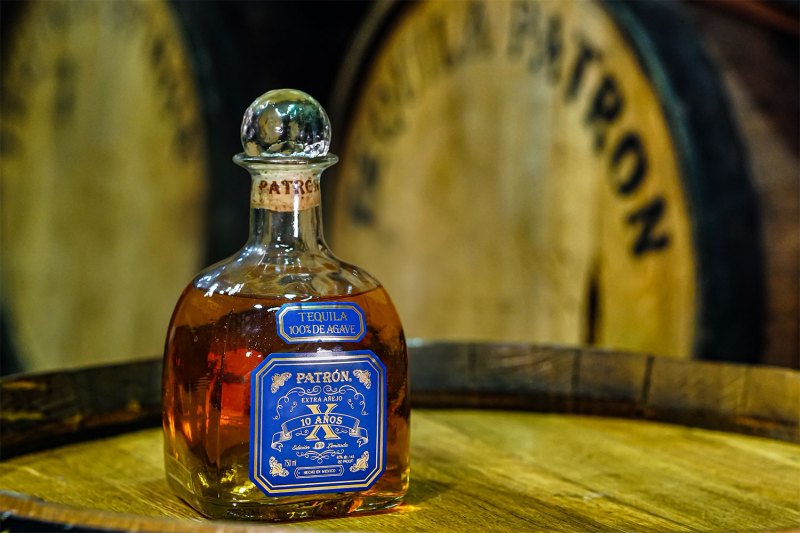
This brand-new tequila from Patron was aged for a full decade in used American oak and hybrid American and French Limousin oak. This is its oldest release thus far, according to the brand. Only 6,200 bottles are available of this deep amber tequila, which combines earthy agave with smoky oak and sweet vanilla and caramel notes. Sure, you could use this in a cocktail like an Old Fashioned, but this is probably well worth your time and money to sip slowly neat or perhaps with a large ice cube.
El Tesoro Extra Añejo ($100)
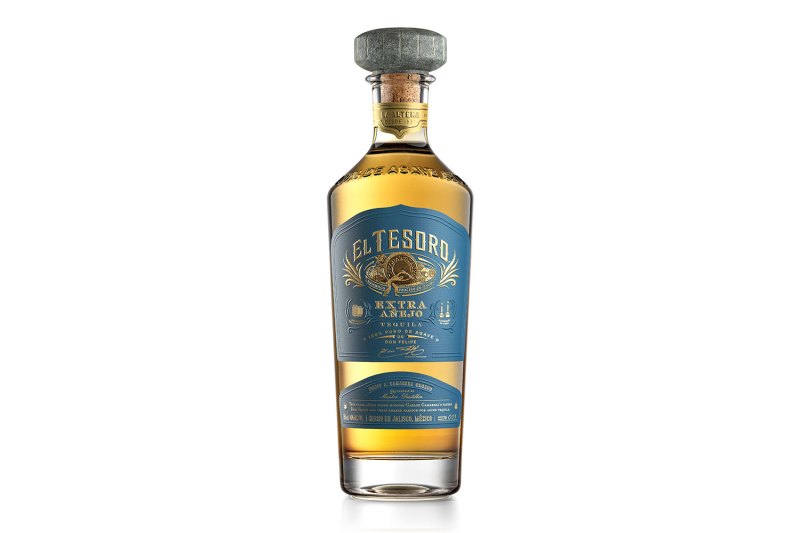
El Tesoro already has an extra añejo on the market with its Paradiso expression. But the brand just introduced a new extra añejo expression to its lineup. The difference here is that while Paradiso was aged in ex-cognac barrels, El Tesoro Extra Añejo was aged in bourbon barrels. This brings vanilla, caramel, and oak to the forefront, as opposed to the ripe fruit notes of Paradiso. Both are double distilled to proof, but the Extra Añejo is aged for four to five years while Paradiso is aged for five years. Grab a bottle of each and taste back to back to see the difference for yourself.
Dulce Vida Extra Añejo ($130)
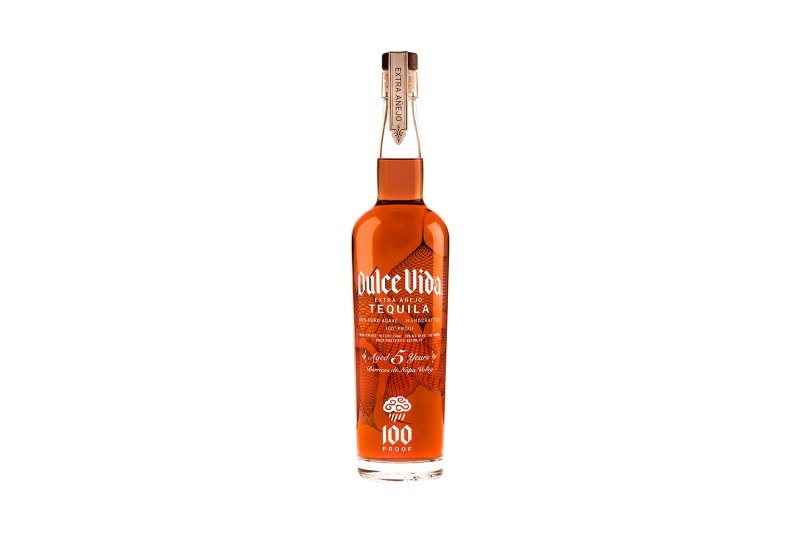
This aged expression from Dulce Vida was matured for just over five years in Rombauer Vineyards Merlot and Cabernet American oak barrels from Napa Valley before being blended together. This imbues the tequila with a reddish-amber color, and provides flavors like dried cherry and cinnamon that complement the vanilla and spicy agave character. And at 100 proof, this packs a bit more punch than other tequila brands. Another expression to try from Dulce Vida is Lone Star, an añejo tequila that was aged in used barrels from the Texas distillery Garrison Brothers.
El Mayor Cristalino ($40)
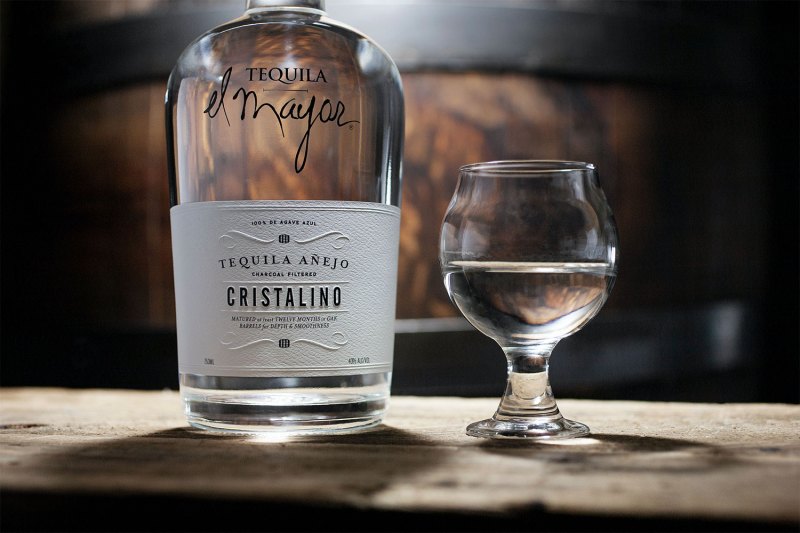
The newest addition to the El Mayor family of tequila is this Cristalino expression. This is a blend of añejo tequila that was aged for a minimum of 12 months before being charcoal filtered to remove the color while leaving the flavor. if you are wondering what the point of a cristalino tequila is, you are not alone. It mostly seems to be about aesthetics – you can make a margarita that looks like a margarita, while keeping the oak and vanilla flavors of an aged tequila.
Pasote Tequila Extra Añejo ($190)
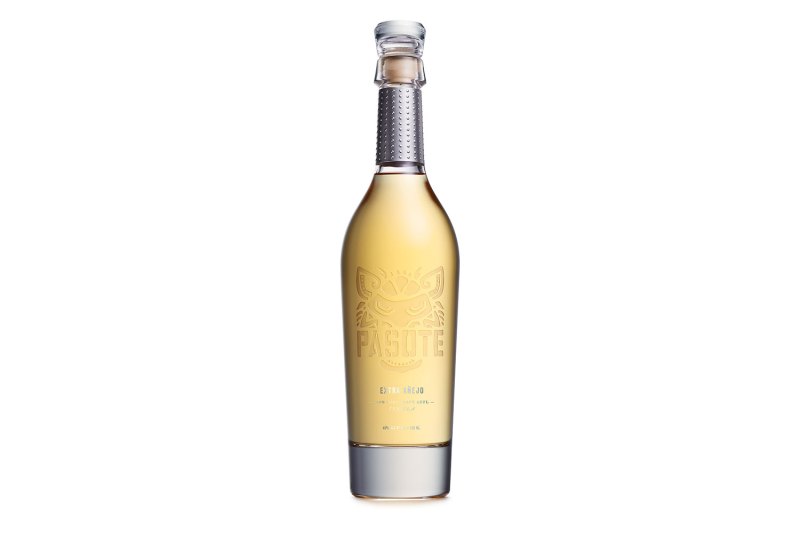
Pasote Extra Añejo is distilled in copper pot stills using both rainwater and spring water. The tequila is then aged for four years in ex-bourbon barrels in underground caves, according to the brand. The color is lighter than other extra añejos, and the flavor is bright and crisp with notes of honey, mango, and a bit of spice and black pepper that pop on the palate. This luxury tequila is not cheap, but the quality matches the price.




